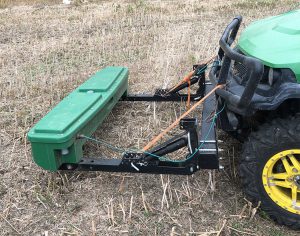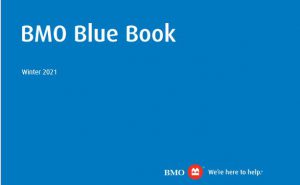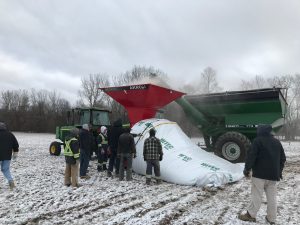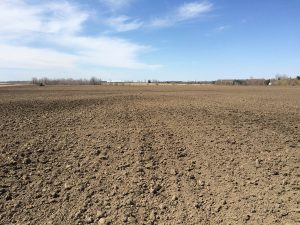Cropside: Soil crusting
AGRONOMIC INFORMATION FROM ONTARIO'S CROP SPECIALISTS

IN SPRING 2020, rain followed by hot dry conditions resulted in surface crusts that created challenges in some areas for emerging seedlings. Some fields were re-planted entirely, while others came through with thin but acceptable stands. Crusting is a serious soil management challenge. Let’s take a closer look at what causes it and how the issue can be managed.
WHAT IS SURFACE CRUSTING?
Crusts are dense layers of individual soil particles that develop on the soil surface. They form after rainfall breaks up aggregates and clay and silt particles settle together and seal over top of the soil.
CONTRIBUTING FACTORS
Some soils are more prone to crusting than others. Soil with lots of fine-textured particles — silt and clay — are more likely to crust than sandy soils. On coarse-textured soils, crusts can form, but they are typically thinner and weaker.
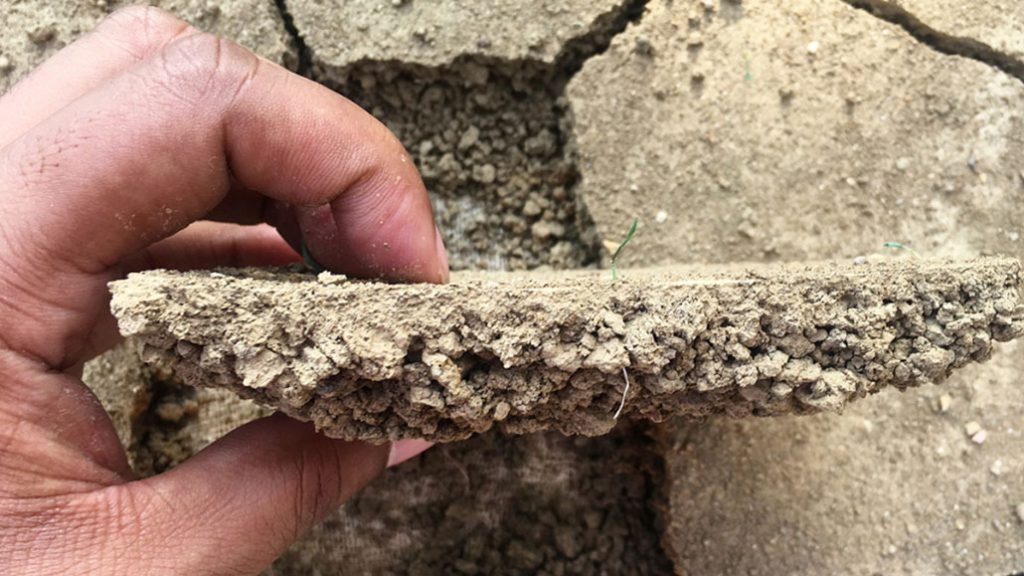
Intensive tillage increases the risk of crusting in two ways: by breaking up soil aggregates and by burying surface residue. Aggregates hold soil particles together and crop residues reduce the impact of rain droplets.
Any practice that reduces soil organic matter also increases crusting risk over time (for example residue removal or frequent inclusion of low residue crops such as soybeans in rotation). Organic matter is key to helping soil keep its structure.
Not only does crusting cause issues with crop emergence, but it also reduces water infiltration and increases erosion. Fortunately, there are practical ways to address crusting on any farm.
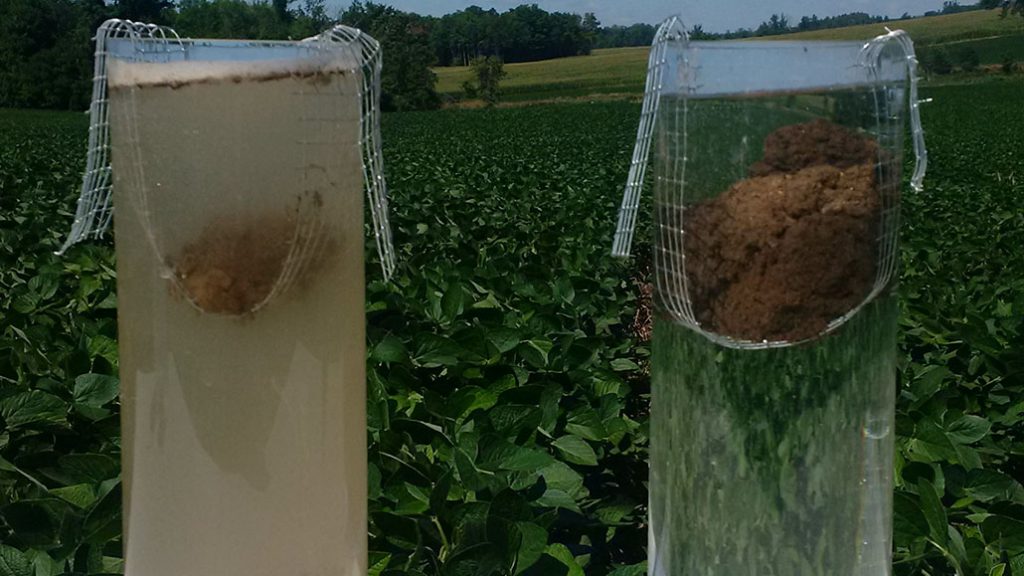
SOLUTIONS
In the short term, if you have a crust that is preventing seedling emergence, it needs to be dealt with. Rotary hoeing can be very effective when done properly – timing, speed, and use of a well-maintained hoe are key.
In the long term, it is all about addressing the contributing factors. By reducing tillage intensity, your soil can build more stable aggregates. Consider whether you can reduce a tillage pass, reduce tillage depth, or adjust your implement to a less aggressive configuration while still managing residue effectively.
To build organic matter, keep small grains in rotation, find ways to integrate organic amendments, and include fibrous-rooted cover crops such as oats. These practices give your soil the kind of crumb structure that resists breaking down and does not crust as easily — like the soil in Figure 2.
THE BOTTOM LINE
By employing soil health management practices, you can reduce the likelihood of crusting on your soils. For more information on best management practices from OMAFRA, visit omafra.gov.on.ca/ english/environment/bmp/series.htm. •






















